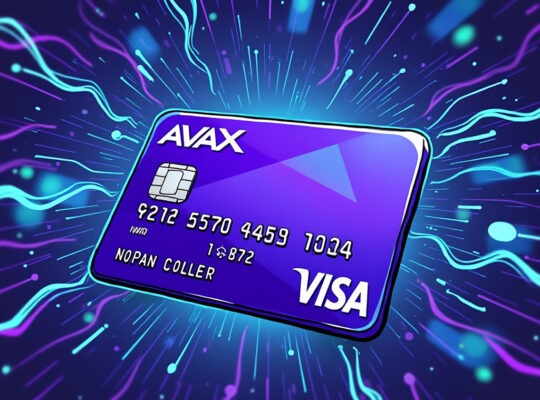On October 2, 2024, Bank of America experienced an unprecedented outage that left tens of thousands of customers in a frenzy. Reports flooded social media platforms like X, with users sharing tales of zero balances suddenly appearing in their accounts, ATMs refusing to dispense cash, and online banking platforms going dark. This incident, while alarming, underscores a deeper discourse on financial infrastructure vulnerabilities and the potential solutions offered by decentralization and blockchain technology.
The Outage: A Catalyst for Change?
The widespread outage of Bank of America was more than just a technological hiccup; it was a stark reminder of the fragility of centralized banking systems. Customers, unable to access their funds, turned to alternative discussions on X, where the narrative shifted towards cryptocurrencies and blockchain. These technologies, often seen as the future of finance, were highlighted as solutions that could prevent such outages due to their inherent design of decentralization.
Decentralization: The Antidote to Central Failure
Decentralization, at its core, removes the single point of failure that traditional banking systems suffer from. When a centralized institution like Bank of America goes down, it affects everyone linked to it. Blockchain, by contrast, operates on a distributed ledger system where transactions are verified by a network of computers (nodes). This means that unless the majority of nodes fail simultaneously, the system remains operational.
No Single Point of Failure: Blockchain technology ensures that if one node in the network goes down, others continue to operate, thereby maintaining service availability.
Enhanced Security: Decentralized systems are less prone to hacking because altering any block in the chain would require altering every subsequent block, across thousands of computers, making it virtually impossible.
Transparency and Trust: Every transaction in a blockchain is recorded in a public ledger, visible to all participants, reducing fraud and increasing trust in transactions.
Blockchain in Banking: Not Just a Bandage, but a Revolution
The conversation around Bank of America’s outage also spotlighted the benefits blockchain could bring to banking:
Automated Contracts: Smart contracts on blockchain could automate many banking processes, from loan agreements to insurance payouts, reducing human error and speeding up transactions.
Global Transactions: Blockchain’s ability to handle cross-border transactions without intermediaries could revolutionize how money is moved across the globe, reducing costs and time significantly.
Financial Inclusion: By potentially allowing anyone with internet access to participate in financial transactions, blockchain could bring banking services to the unbanked, a segment often ignored by traditional banking.
A Decentralized Future?
The Bank of America outage of 2024 might well be remembered not just for the disruption it caused but for the conversation it ignited about the future of finance. As the world watches traditional banks grapple with technology, blockchain stands as a beacon of what could be—a financial system where outages like this are not just mitigated but rendered obsolete. The journey towards this future, however, requires understanding, investment, and regulatory frameworks that support rather than stifle this innovation. Perhaps, in the face of such systemic shocks, lies the impetus for banks not just to recover but to evolve.












